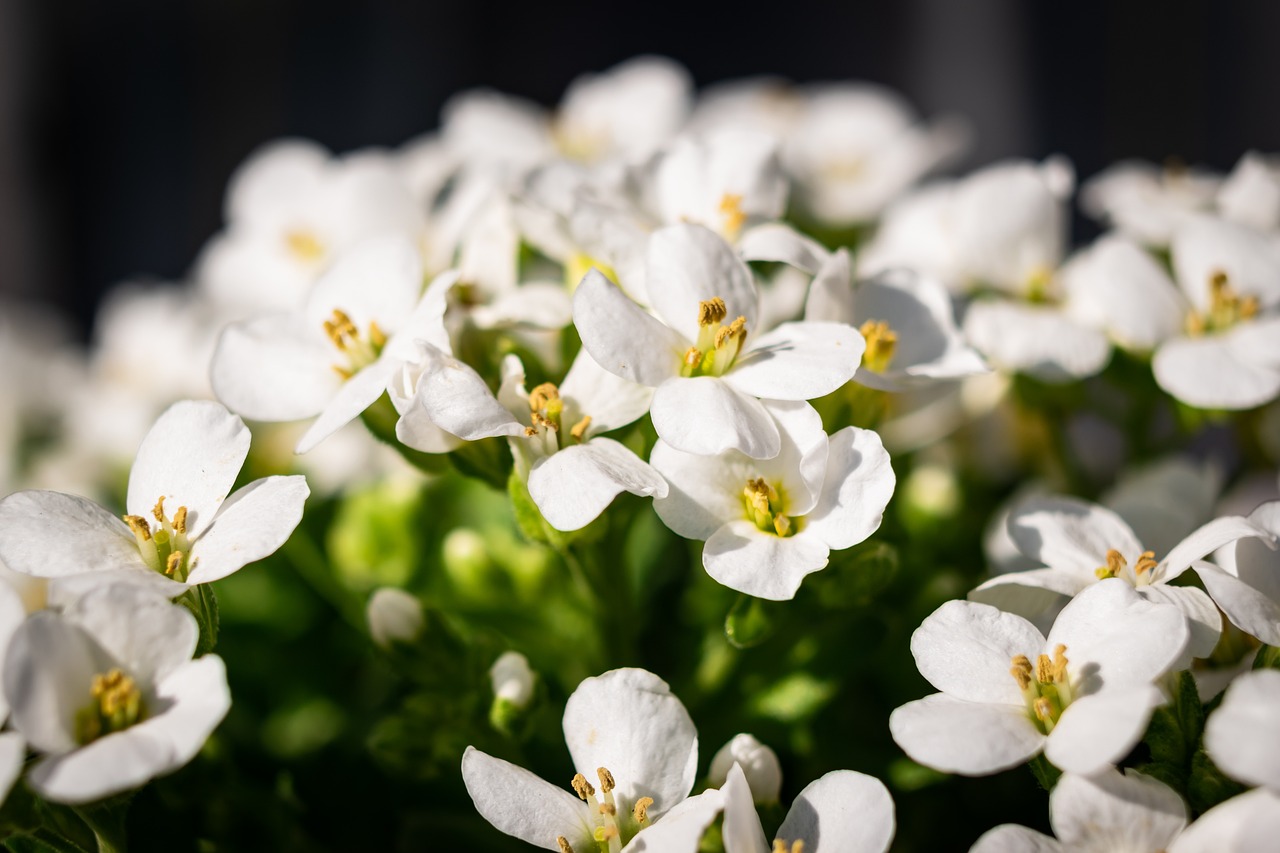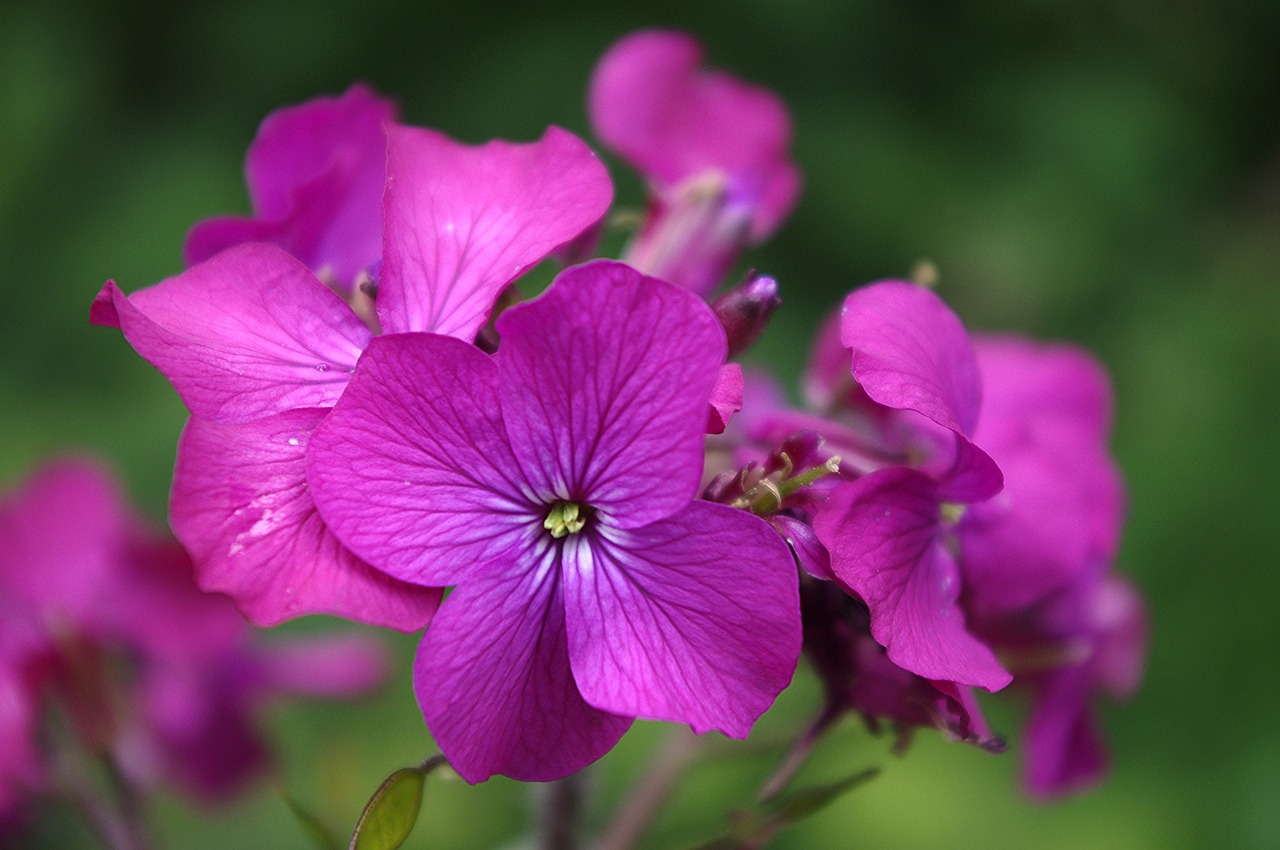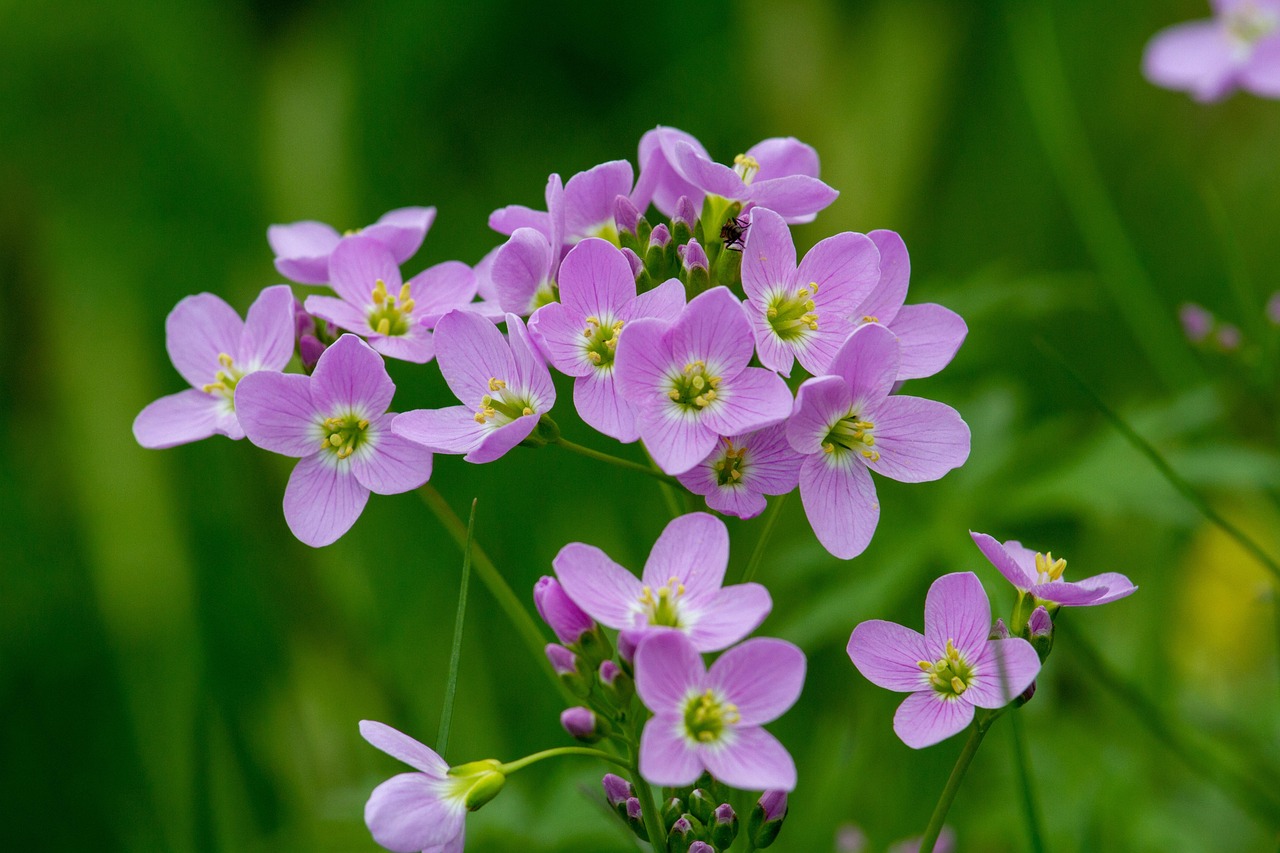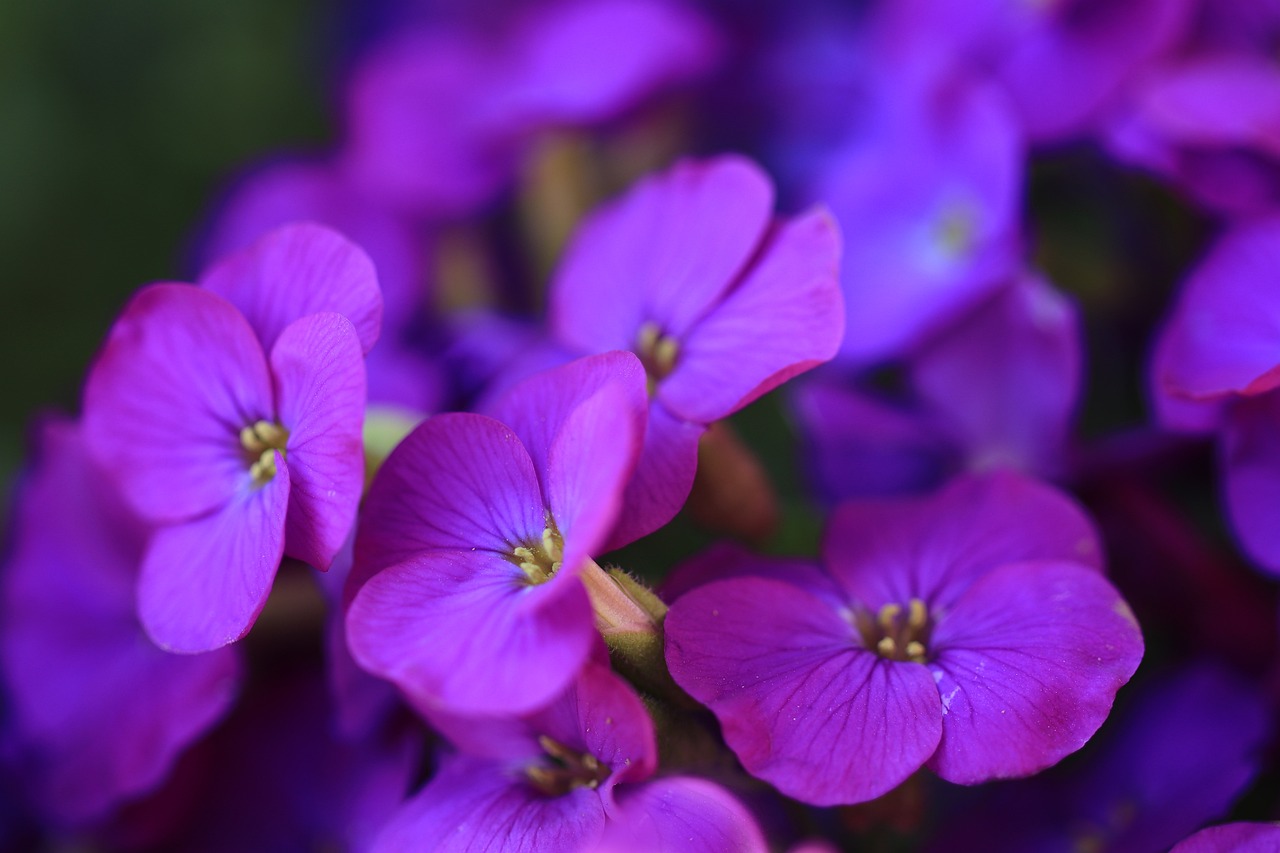Sweet Alyssum | An Ornamental Plant Since Ancient Rome
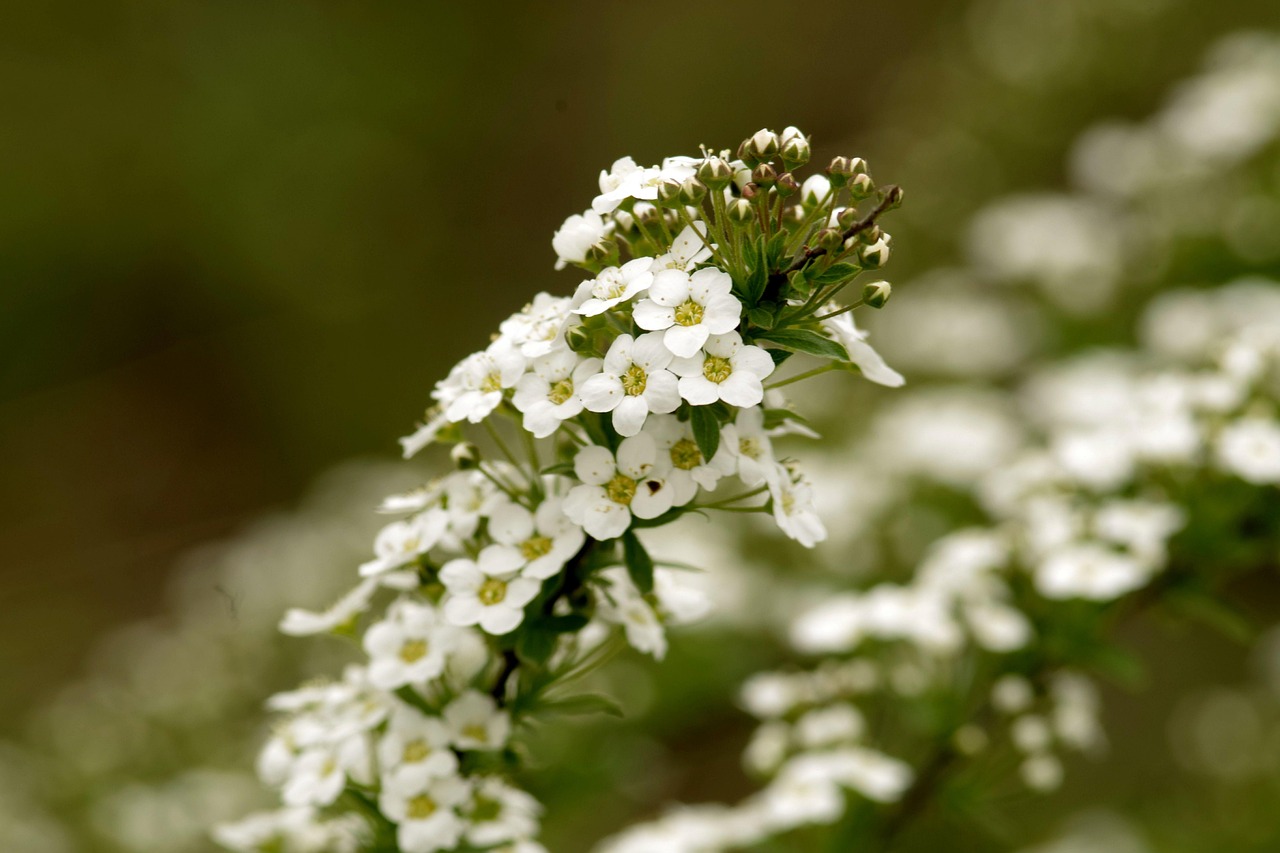
Sweet alyssum is an annual or perennial plant known for its clusters of tiny blossoms and its sweet fragrance. It is easy to grow in gardens or containers and is popular for edging flower beds and for use in mixed plantings.
In this article, I will provide detailed information on the basic features, cultural and historical background, and cultivation tips for sweet alyssum.
Basic Information
- Scientific name: Lobularia maritima
- Family: Brassicaceae
- Origin: Mediterranean coast
- Appearance: Sweet alyssum is a compact plant reaching about 10–30 cm in height. It produces rounded clusters of small flowers in white, purple, or pink. Its narrow green leaves give the plant an overall light and airy impression.
- Blooming season: From spring to autumn. Under favorable conditions, it can bloom almost year-round.
Cultural Significance Around the World
Sweet alyssum has played an important role in garden design throughout history.
In Europe, it has long been essential for Mediterranean rock gardens and country gardens, where mass plantings create colorful landscapes.
Because of its strong fragrance, it is often planted in outdoor patios and terraces in France and Italy, helping to create a relaxing atmosphere.
In traditional English gardens, it has been used for edging and as a ground cover, becoming an integral element of naturalistic garden design.
Today, sweet alyssum is widely appreciated in the United States and Asia, from small urban gardens to large public parks.
Historical Background
Records show that sweet alyssum was cultivated as an ornamental plant in the gardens of ancient Greece and Rome. Its sweet fragrance charmed people during outdoor banquets and festivals.
In medieval Europe, it was called the “jewel of the rock garden” and was commonly planted in monasteries and noble gardens.
By the 18th century, with the growth of horticultural culture, new varieties were developed, including purple and pink in addition to the traditional white.
As a result, it became a beloved plant that offered greater diversity and enhanced the art of garden design.
Gardening Advice
Sweet alyssum is hardy and easy to cultivate, but by providing optimal conditions, you can enjoy even more beautiful flowers. Here are some key points:
Sunlight
Prefers full sun but also grows in partial shade. Insufficient sunlight may reduce flowering.
Watering
Water when the soil surface is dry. Avoid overwatering, as the plant dislikes excess moisture. Keep the soil slightly dry.
Soil
Well-drained, light soil is ideal. Sandy soil is preferable for garden planting, while a potting mix combined with perlite works well for containers.
Fertilizer
Apply diluted liquid fertilizer once a month during the growing season. Excess nitrogen reduces flowering, so use sparingly.
Pruning
Remove spent flowers to encourage new blooms. Trim back overgrown stems to maintain shape.
Conclusion
Sweet alyssum is a charming plant with clusters of delicate flowers and a sweet fragrance.
By incorporating it into borders or mixed plantings, you can add a light and graceful touch to your garden. Hardy and low-maintenance, it is also ideal for beginner gardeners.
Since it can be enjoyed in any season, I encourage you to consider using it in your garden or potted arrangements.


